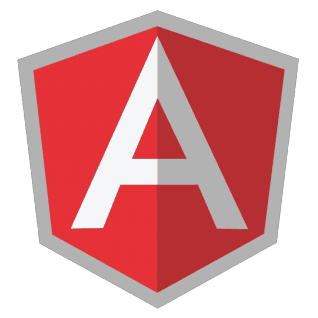Posts within the Tutorials category

Mapping beans with MapStruct
Object mapping is a common practice in developing apps when you need to get across the different tiers. MapStruct is a framework for mapping objects.
Read more →
Take your Spring apps to the cloud with Bluemix and Docker
The Bluemix PaaS allows you to take your own Docker containers to the cloud. In this example I will be deploying some containers to Bluemix.
Read more →
Handling errors with Spring MVC
When developing applications, error handling is a common job. With Spring MVC you can easily handle exceptions using a few annotations.
Read more →
JPA made easy with Spring data's repositories
With Spring Data it's very easy to create a simple CRUD application without the hassle of creating your own DAO's. Spring Boot makes it even easier for you.
Read more →
Writing your first Spring webapp with Spring Boot
Spring boot changed the Java and Spring landscape. In this tutorial I'll write a small Spring webapp in about 70 lines of Java code.
Read more →
E2E testing with Nightwatch.js
Today I'm also going to test an AngularJS application, but this time I will be using Nightwatch.js. While Nightwatch.js is not made specifically for AngularJS applications, you can use this framework as well.
Read more →
More fun with AngularJS $http: a loading indicator
Ever wanted to create a "Loading, please wait..." indicator when your data is loading over your REST service? With $http you can easily set something up like this, without having to create a lot of overhead in your controllers.
Read more →
AngularJS $http and dates
while Date objects are a part of the standard JavaScript specs, it's not a part of the JSON spec. In this tutorial we'll explain how to properly consume dates from your REST API with AngularJS.
Read more →
E2E testing AngularJS applications with Protractor
In this tutorial we'll go into detail about end to end testing (E2E) with AngularJS and Protractor
Read more →
Using Sinon.js while testing AngularJS applications
With Sinon.js you can easily set up stubs and spies. This can be a real benefit when testing AngularJS apps because of all the different components.
Read more →